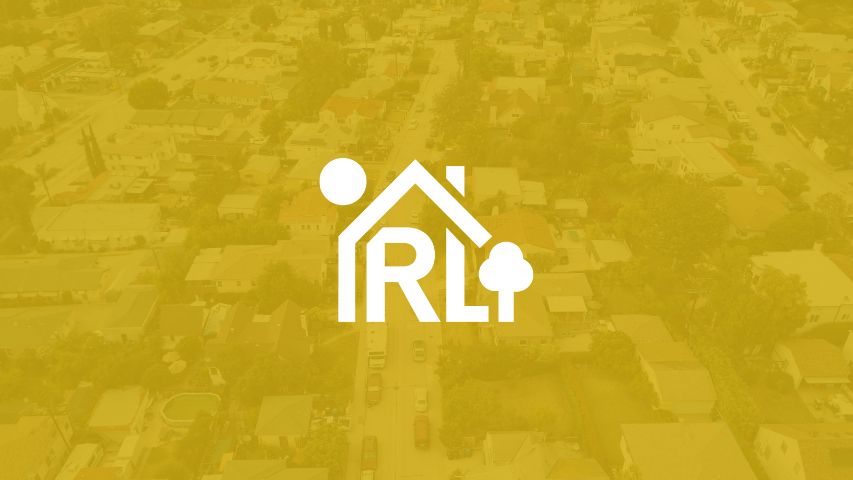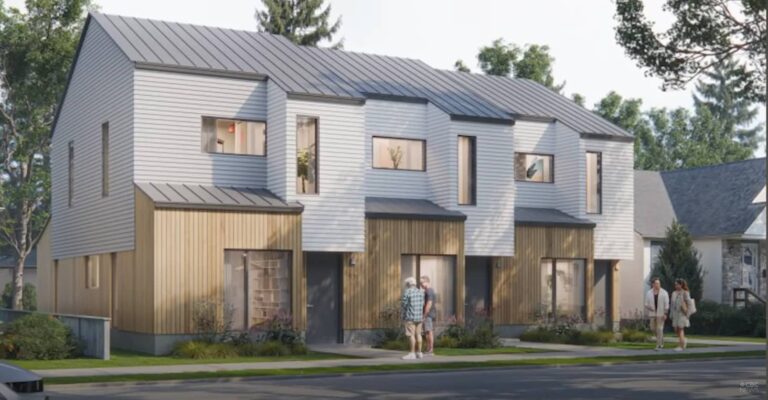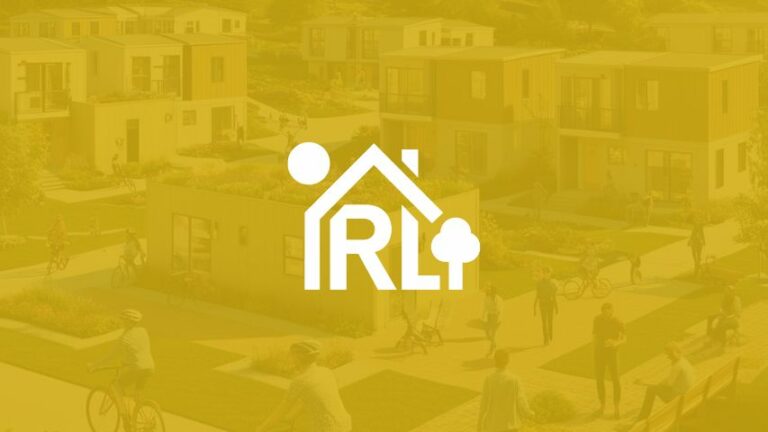
Affordable housing is on everyone’s radar—from policymakers to renters struggling to stay in their neighbourhoods. But behind the calls for more homes lies a persistent challenge: how difficult and expensive it is to build truly affordable housing in Canada.
For ResponsibleLiving Communities, which is focused on sustainable, community-first housing across the Sea to Sky corridor, this issue isn’t theoretical—it’s operational. Understanding the financial realities of development is critical to solving the crisis and creating scalable, long-term solutions in places like Squamish real estate markets.
A Growing Gap Between Incomes and Housing Costs
In major cities like Vancouver and Toronto, the affordability gap has reached historic levels. Households earning $30,000 to $80,000 per year — the so-called “missing middle” — are especially affected. These are nurses, teachers, service workers, and tradespeople who are essential to their communities, but often unable to live in them.
- In Metro Vancouver, 43% of renter households live in unaffordable housing (spending over 30% of income on rent), and nearly 25% spend more than half.
- Between 2001 and 2018, rents rose by 102%, while median incomes increased only 62%.
ResponsibleLiving Communities builds for this segment—designing affordable co-living and multi-unit projects that prioritize long-term affordability, stability, and community integration.
The Real Costs of Building Affordable Housing
Creating affordable housing is not just a matter of goodwill. It requires years of planning, coordination, and funding across multiple phases. Key challenges include:
Land Acquisition
Purchasing land in high-demand areas like Squamish is a significant cost barrier. Non-profit and community developers often struggle to compete with market-rate buyers.
Pre-Development Costs
This includes zoning, architectural work, environmental assessments, permits, and public consultation. These “soft costs” can total hundreds of thousands of dollars—and must be paid long before construction financing becomes available.
Construction and Labour
Rising material and labour costs affect all developers, but those committed to below-market rents cannot simply increase prices to cover overruns.
Financing Gaps
Government funding is often delayed until construction begins, and private lenders are hesitant to back long-term, lower-margin projects. This gap in early-stage capital stalls even well-designed initiatives.
Why Standard Financing Models Don’t Fit Community Housing
The community housing sector (non-profits, co-ops, land trusts, and municipalities) has delivered much of Canada’s affordable stock. Yet traditional financing tools are often inaccessible due to:
- Lack of equity or collateral
- Rigid program criteria
- Administrative and reporting burdens
Even socially responsible private developers face financial hurdles when trying to deliver below-market housing. Without blended funding sources and local policy support, the economics simply don’t work.
ResponsibleLiving Communities has seen this first-hand in efforts to deliver small-scale co-living homes in the Sea to Sky housing market, where financing complexity often delays high-impact projects.
A Call for Collaborative Solutions
To make real progress, we need to rethink how we finance affordable housing in places like Squamish and across Canada. Solutions include:
- Flexible capital for acquisition, pre-development, and design.
- Zoning reform and fast-tracked approvals for mixed-income and community-led projects.
- Impact investment tools that invite private capital into socially beneficial projects.
- Supportive incentives for developers who integrate below-market units into broader developments.
When given the right financial and policy tools, private developers can work alongside non-profits and municipalities to expand affordable, community-driven housing.
Canada’s housing crisis isn’t due to a lack of will—it’s due to systemic financing and policy barriers that make delivering affordable homes unnecessarily difficult.
For ResponsibleLiving Communities, the answer lies in local collaboration, impact-driven design, and capital models that reflect the real costs of housing. We need systems that reward long-term value over short-term returns, and policies that empower diverse developers to build affordable housing at scale.
In Squamish real estate and beyond, this shift is not only possible—it’s necessary.
Affordable housing is within reach—but the way we fund it has to change.



